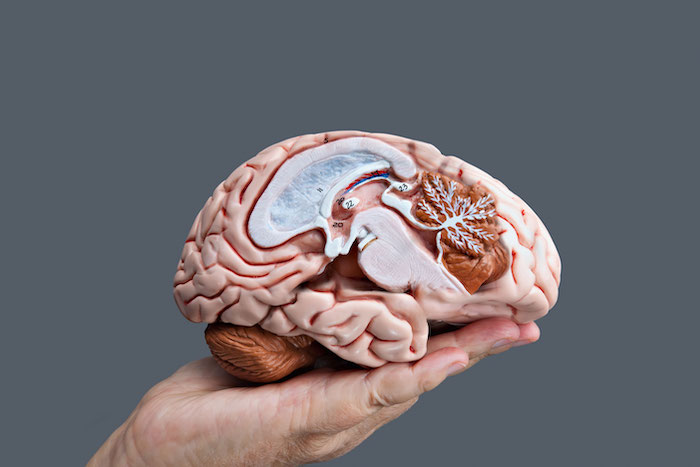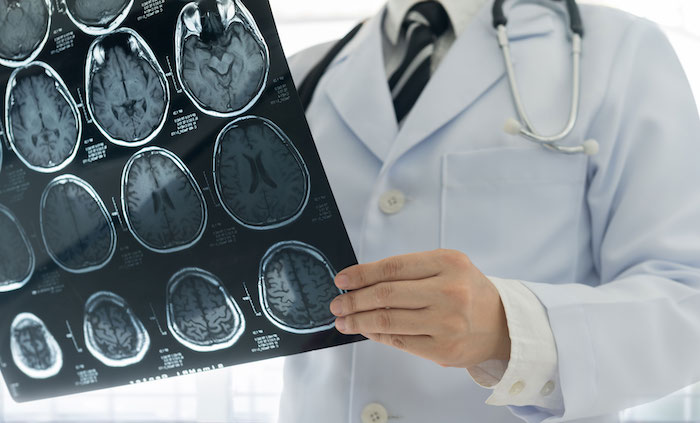Dominant/Non-Dominant Brain Lobes

 Anatomically, the brain has two different sides, the right and the left.
Anatomically, the brain has two different sides, the right and the left.
Functionally, the brain has a “dominant” side where language function mainly resides. The non-dominant side is still important and is used for visual memory and visual perception.
Right brain dominance means that your language is mostly on the right side and left brain dominance means that the language is mostly on the left.
The majority of people who are right-handed will be left brain-dominant (70-95%). However, even if you are left-handed, about 70% of you will still have left brain dominance.
Memory Centers
- Memory centers are located in the temporal lobes, and the good news is that we have two. We need both of these to make new memories. Sometimes, when seizures come from one temporal lobe, memory can be severely impacted.
Brain Control is Criss-Crossed
- The right side of the brain controls motor function on the left side of the body and vice versa. Similarly, sensation in the left side of the body is monitored by the right side of the brain. The left occipital lobe computes vision from the right visual field in both eyes.